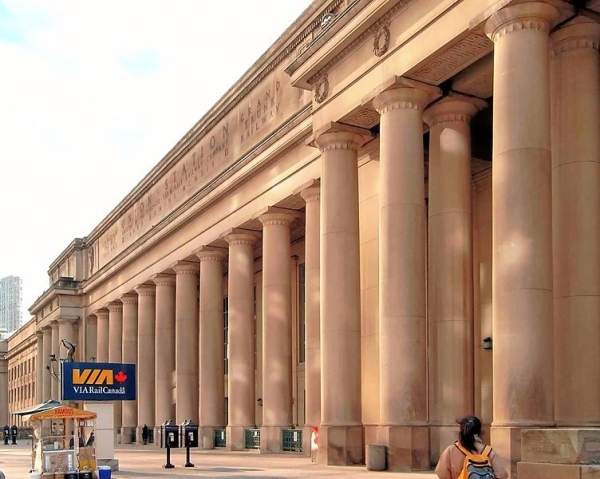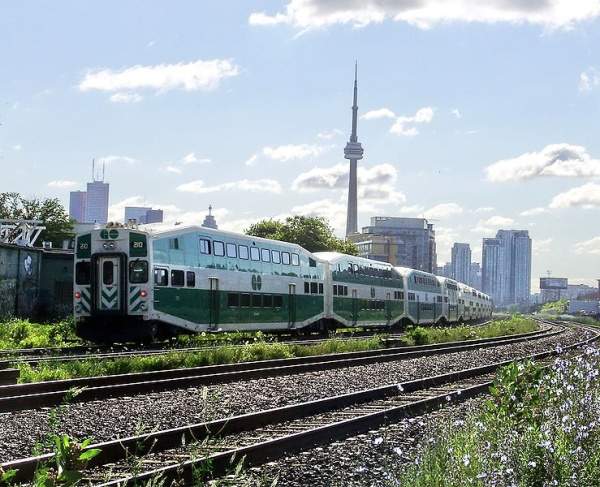The Union Pearson Express Air Rail Link (UP Express ARL) project included construction of a 3.3km new rail line connecting the Union Station in downtown Toronto, Canada, and Toronto Pearson International Airport. The new line shares a track with the existing line of the Georgetown South project. The project involves infrastructure improvements to increase ridership demand and growth in future for the national railway.
The construction of the ARL began in 2012 and was completed in 2015. The ARL services began in June 2015. The ARL has increased the total length of the line to 23.3km (14.5 miles).
The line has four stations, namely Union Station, Bloor GO / Dundas West subway station, Weston GO station and Toronto Pearson International Airport station at Terminal 1.
The line will be used by more than five million people a year. It is expected to serve 2.35 million passengers a year by 2018. The project is owned and operated by Metrolinx, an agency of the Ontario government.
Air Rail Link project details
Transport Canada made a proposal for the airport rail link in April 2001. In November 2003, Union Pearson AirLink Group (UPAG), a subsidiary of SNC-Lavalin Engineers & Constructors, was assigned the task to finance, design, construct, operate and maintain the rail link, known as Blue22.
The Ontario government revised the environment assessment (EA) process from three years to six months in June 2008. However, the project could not progress further due to regulatory hurdles, lack of consensus and community opposition.
Metrolinx released a new plan called the Big Move in November 2008. It proposed a new EA in December 2008 and released the final environmental project report in July 2009. In July 2010 Metrolinx was asked to build, own and operate the air rail link.
The bidding for air rail link construction was completed in August 2011. The AirLink Group, Pearson Express and Toronto Railway Airport Consortium and AirLINX Transit Partners were shortlisted in the bidding process.
The ARL increases mobility by providing safe and convenient transportation accessibility. It provides rapid and seamless passenger service between Union Station and Pearson Airport, two major transportation hubs in Canada.
It will also eliminate approximately 1.2 million car trips to the airport in a year and thereby reduce the road congestion, greenhouse gas and other emissions.
Infrastructure and construction of the new Canadian rail line
The AirLINX Transit Partners consortium won a C$300m ($299m) contract in March 2011 to build the air rail link project in Toronto. The consortium includes Aecon Construction and Materials and Dufferin Construction Company.
The construction began in 2012. The contractual scope included construction of a 3.3km elevated guideway, which connects the existing Georgetown GO Transit line with Toronto Pearson International Airport.
A new air rail link station was built at Toronto Pearson International Airport Terminal 1.
The scope of the contract also included multiple utility relocations and construction of crossings over three major roadways and Mimico Creek watershed.
Rolling stock for the Air Rail Link (ARL) between Toronto Pearson International Airport and Union Station
A $53m contract was awarded to the Sumitomo Corporation and its partner Nippon Sharyo in March 2011 for supplying 12 diesel multiple units (DMUs) for deployment in the air rail link.
The contract also included six additional cars, spare parts, special maintenance tools and contingencies for Metrolinx’s design changes. The cost of the project was extended to $75m.
The UP Express DMU vehicle has Tier-4 diesel engines to meet the emission standards. The vehicles are convertible to electric propulsion in future. They are also incorporated with crush energy management features. The trains are operated at a 15min frequency.










